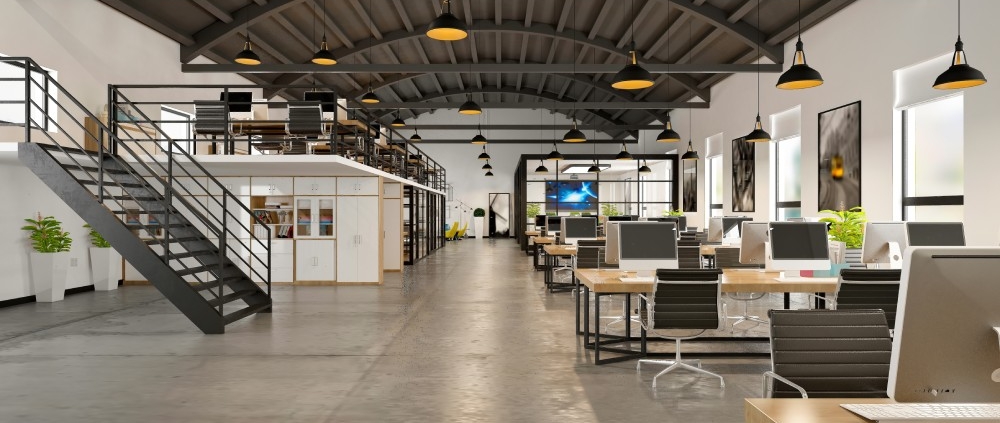Comparing Traditional Cubicle Layouts to Modern Open Plans
When you think of office spaces from 15 years ago, you probably picture neatly placed cubicles. When you think of office spaces today, you probably imagine a more modern open plan. For businesses designing an office floor plan, comparing the traditional cubicle layout to modern open plans can help you strike a balance between the two. Find the best fit for your team’s needs and company culture.
Privacy and Personal Space
Cubicles have long been praised for providing employees with their own defined space, reducing visual distractions, and offering a semblance of privacy. However, they can also create barriers to communication and give the office an outdated, maze-like feel.
On the flip side, modern open plans champion transparency and accessibility, fostering a sense of equality among team members. The potential downside? A lack of privacy can sometimes lead to feeling exposed or overstimulated.
Collaboration and Communication
One of the most significant advantages touted by supporters of open office plans is the ease of collaboration and communication. The barrier-free environment encourages spontaneous meetings and discussions, potentially leading to increased innovation and faster decision-making. However, what’s gained in accessibility can sometimes be lost in productivity, as constant noise and interruptions may hinder deep work.
Cost and Space Efficiency
When it comes to optimizing office space, open plans often come out on top. They typically require less square footage per employee and can reduce costs related to furniture and office partitions. This efficiency can be particularly appealing for startups and companies looking to maximize their real estate investment. However, cubicles can offer a more personalized workspace, which can be crucial for certain roles or functions within a company.
Adaptability and Flexibility
The modern workforce demands flexibility, and office layouts are no exception. Open office plans, with movable furniture and shared workspaces, can more easily adapt to changes in team size and structure. Meanwhile, traditional cubicles, with their fixed structures, offer less flexibility but can provide a more stable environment for employees.
Noise and Distractions
Noise and distractions are perhaps the most contentious points in the open plan versus cubicle debate. Open offices can become cacophonous, with phone calls, conversations, and even typing becoming potential distractions. Cubicles offer a degree of sound insulation, but they’re not soundproof. Finding a balance between collaborative energy and the need for quiet concentration is key.
Comparing traditional cubicle layouts to modern open office plans reveals that both have their advantages and challenges. The choice between them should be guided by your company’s specific needs, culture, and type of work. If you’re looking to create or revamp your office space, consider office space planning services in Portland. Rose City Office Furnishings can provide tailored solutions that strike the perfect balance between the privacy of cubicle layouts and the collaborative spirit of open plans. Remember, the ideal office layout supports your team’s best work.



